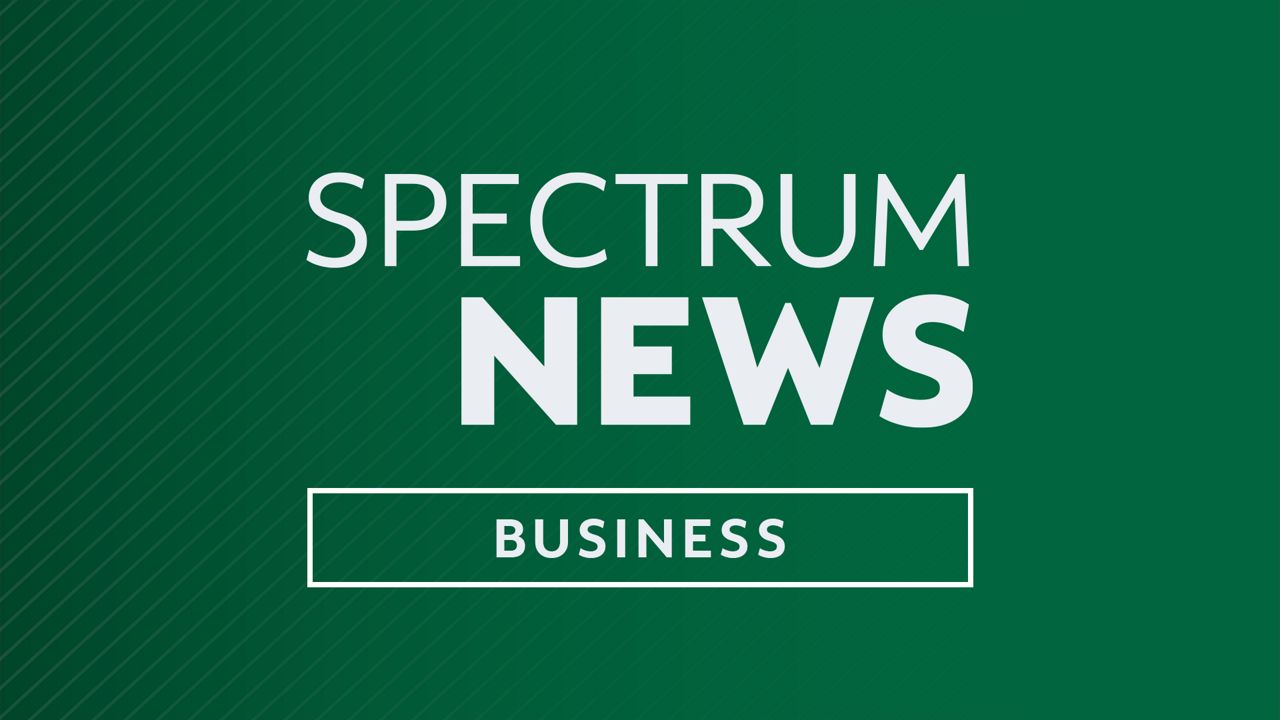WASHINGTON (AP) — Chairman Jerome Powell is likely to refer this week to a word he's been using to describe the Federal Reserve's latest approach to interest rates: "Patient."
With pressures on the U.S. economy rising — a global slowdown, a trade war with China, slowing corporate earnings, a nervous stock market — the Powell Fed has been signaling that it's in no hurry to resume raising rates after having done so four times in 2018. And with inflation remaining tame, the rationale to tighten credit has become less compelling.
When its latest policy meeting ends Wednesday, the Fed is expected to keep its key short-term rate unchanged at a range of 2.25 percent to 2.5 percent. Its benchmark rate influences many loan rates for businesses and consumers, including mortgages.
It's possible, too, that the Fed and Powell may signal that they're at least considering taking another step soon to avoid exerting upward pressure on loan rates: The central bank may decide to slow the pace at which it's shrinking the huge portfolio of Treasury and mortgage bonds it purchased after the 2008 financial crisis — purchases that helped keep long-term loan rates low.
The Fed has been gradually reducing its bond portfolio, a move that has likely contributed to higher borrowing rates. But at some point, to avoid weakening the economy, it could slow that process or end it sooner than now envisioned. Doing so would help keep a lid on loan rates and help support the economy.
The note of patience about rate hikes that the Fed has been signaling marks a reversal from a theme Powell had sounded at a news conference after the Fed's previous policy meeting in December. In that appearance, he left open the possibility that the Fed would continue to tighten credit this year. The chairman's message upset investors, who had expected a more reassuring theme, and sent stock prices tumbling.
Since then, Powell and others on the Fed's policymaking committee have been clear in suggesting that they're in no rush to raise rates again after having done so nine times over the past three years. Besides invoking the word "patient" to describe the Fed's outlook toward future hikes, Powell has stressed there's no "preset course" for rate increases. The Fed, in other words, will tailor its rate policy to the latest economic data.
"With the muted inflation readings we have seen coming in, we will be patient as we watch to see how the economy evolves," Powell said this month in Atlanta.
His comments have since been echoed by several other Fed officials. Their assurances have helped allay fears that higher borrowing costs might depress corporate earnings and economic growth. They have also helped spur a stock market rally. With the turnaround, stocks are on pace for their best month since March 2016.
Still, in recent weeks the Fed has been hamstrung in its effort to assess the health of the economy. That's because the partial shutdown of the government that has now ended — at least for three weeks — essentially closed the Commerce and Treasury departments, among other agencies. So key economic data that those departments normally issue — involving retail sales, home construction and factory orders, among other categories — hasn't been available to the Fed.
The reopening of the government will restore the distribution of all economic reports. But it could be weeks before the staffers fully catch up in compiling, analyzing and distributing all key data.
The economic impact of the partial government shutdown will be among topics Powell will face at his news conference, in addition to the global slowdown, the U.S.-China conflict and Britain's struggles to achieve a smooth exit from the European Union. All those threats could potentially jeopardize the Fed policymakers' outlook for this year.
"They will have some serious deliberations among themselves about what they need to be doing for the rest of the year depending on how events unfold," said Sung Won Sohn, chief economist at SS Economics.
Last month, Fed officials raised their benchmark rate for the fourth time in 2018 and the ninth time since they began gradually raising rates from record lows starting in December 2015. They did reduce their forecast for rate increases this year from three to two. But the financial markets still reacted with fear that the Fed might end up tightening credit too aggressively and possibly cause a recession.
The central bank's new cautionary tone has significantly diminished expectations of further rate increases. The CME Group's tracking of investor bets puts the likelihood that the Fed will raise rates this year — even once — at just 28 percent.
With his news conference Wednesday, Powell will begin a new phase in Fed communications: He now plans to hold a news conference after each of the eight policy meetings the Fed holds yearly, up from four news conferences a year. The idea is to give the Fed the flexibility to announce a policy change after any meeting — and to have the chairman explain it at a news conference. Until now, it was widely assumed that the Fed would make no major policy changes at the four meetings each year that hadn't included a news conference by the chairman.
Still, no major announcements are likely this week. And Diane Swonk, chief economist at Grant Thornton, thinks the Fed will leave rates unchanged for all of 2019, in part because she foresees economic growth slowing to around 2.4 percent, down from what she estimates was 2.9 percent growth last year.
"I think the Fed wants to walk a fine line by acknowledging that the economy has slowed down and that things are less clear at the moment because of the lack of some government data," Swonk said. "But at the same time, they do not want to sound too negative on the economy."
Copyright 2019 The Associated Press. All rights reserved. This material may not be published, broadcast, rewritten or redistributed.



